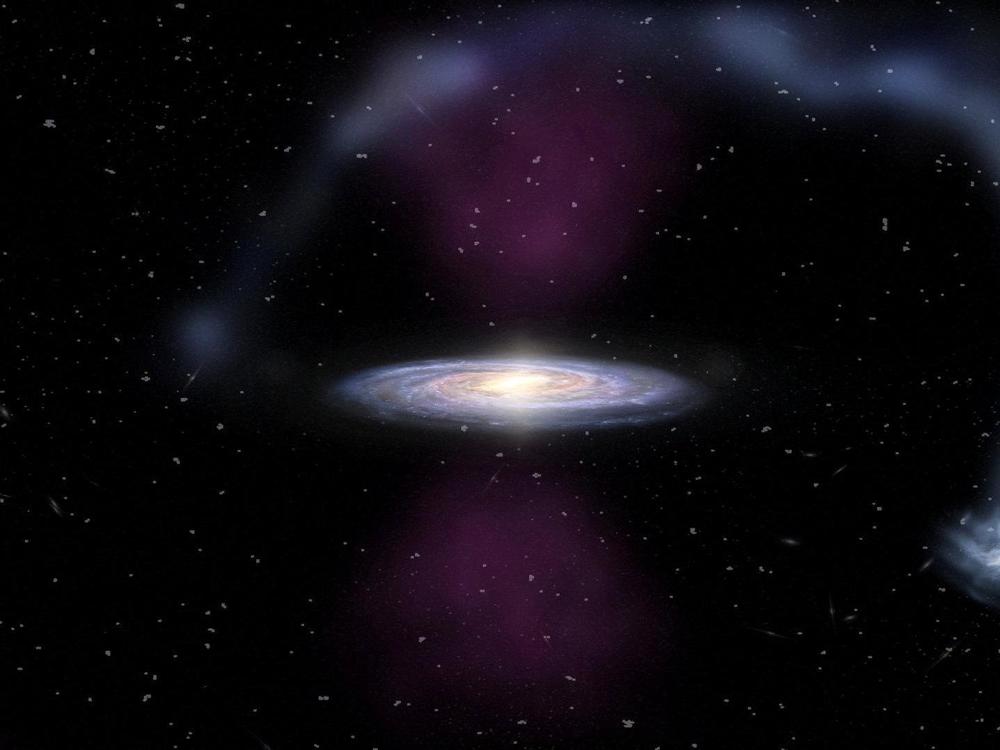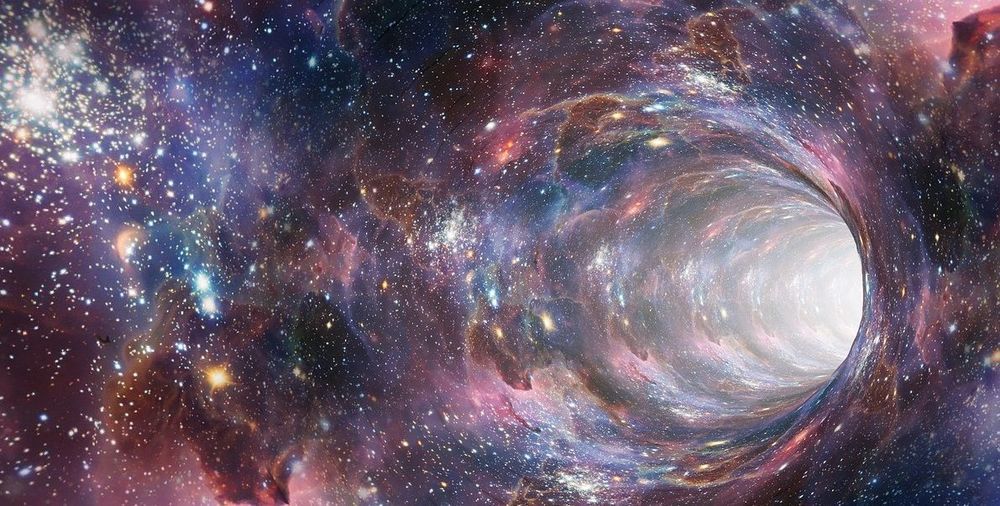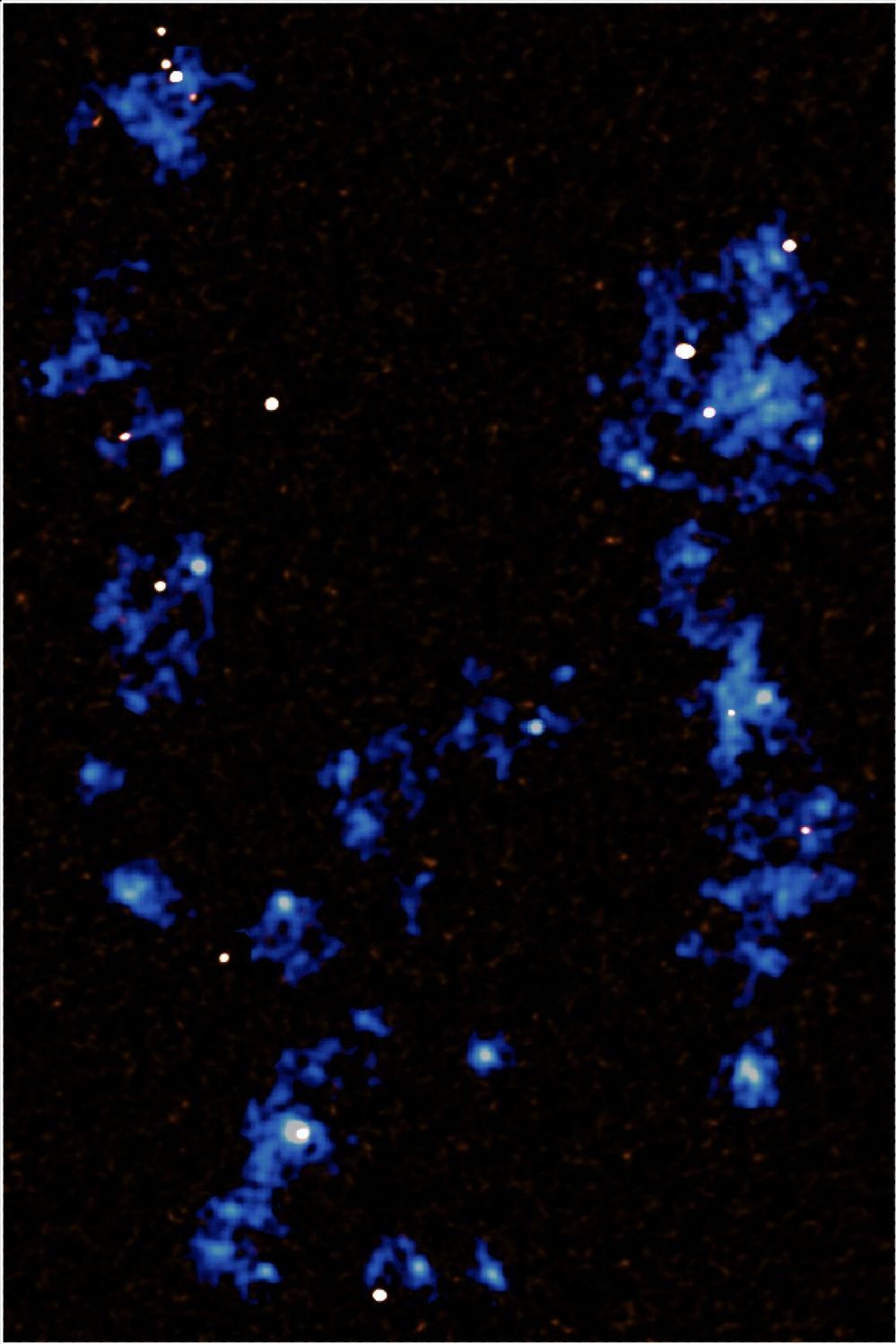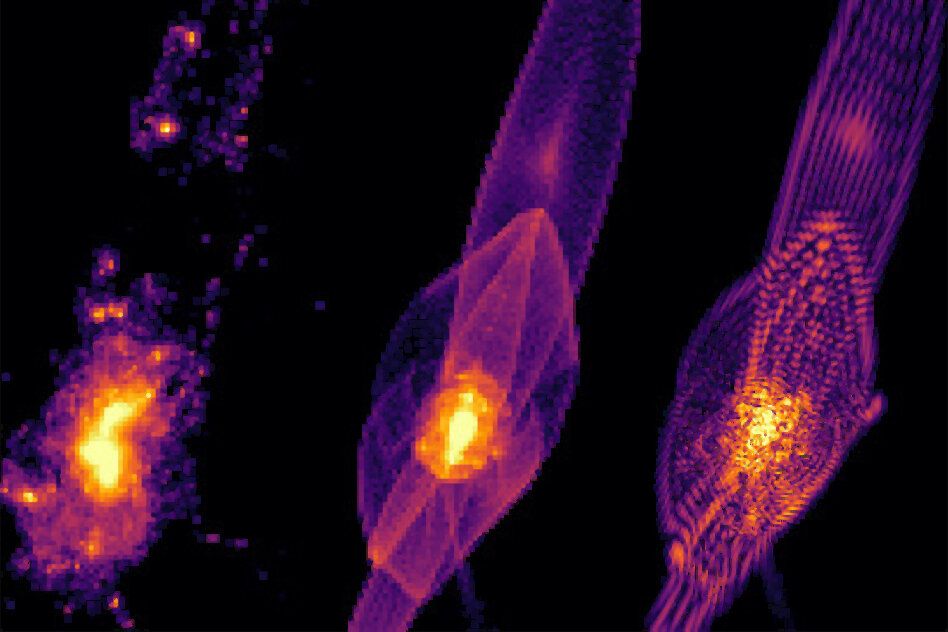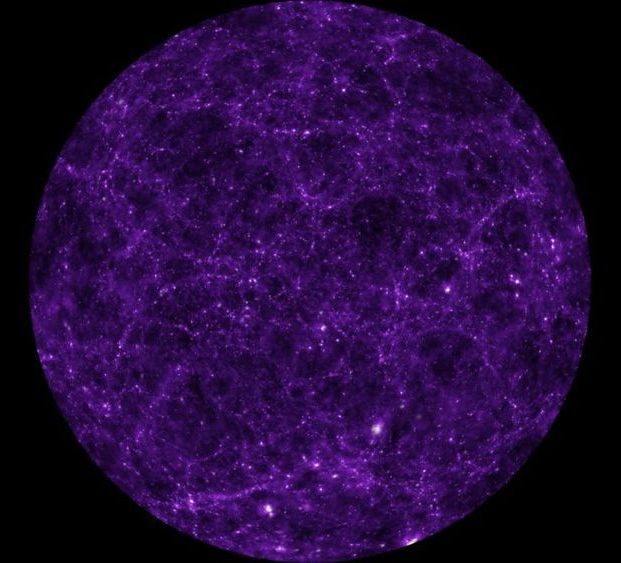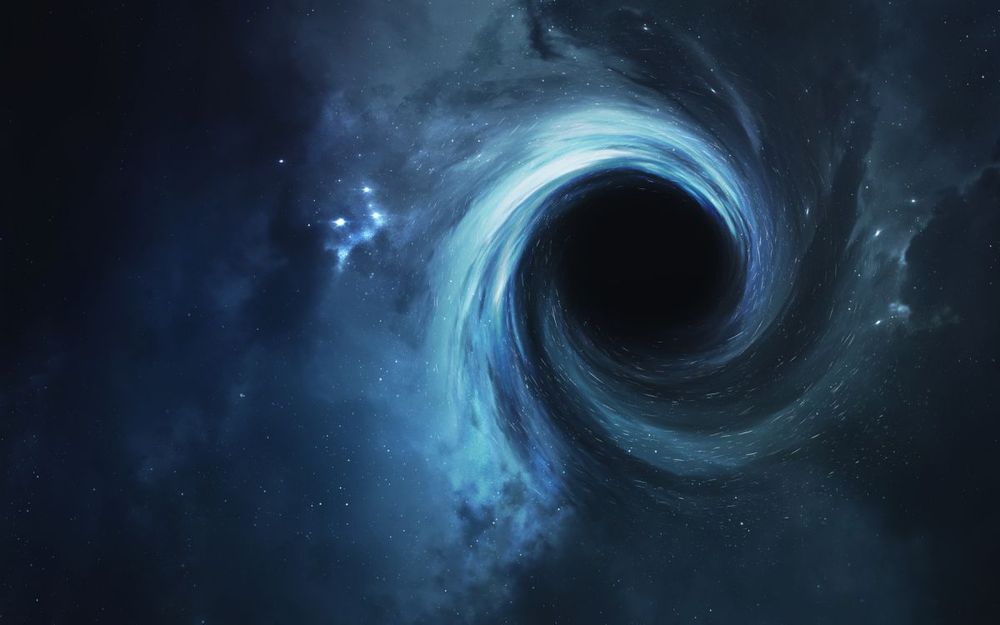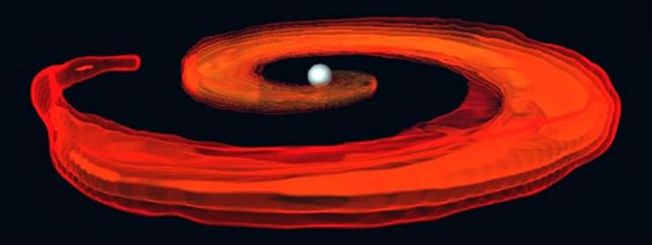Oct 6, 2019
On Supersymmetry | John Ellis, Catherine Heymans, Ben Allanach, Subir Sakar, Cumrun Vafa
Posted by Quinn Sena in categories: cosmology, particle physics, quantum physics
The standard model of physics remains incomplete. Could supersymmetry fill the gaps? From whether supersymmetric particles could fix the mass of the Higgs Boson to what this would mean for string theory, the world’s leading thinkers explain all.
John Ellis is a British theoretical physicist who is currently Clerk Maxwell Professor of Theoretical Physics at King’s College London. He was Division Leader for the CERN theory division, a founding member of the LEPC and of the LHCC at CERN and currently chair of the committee to investigate physics opportunities for future proton accelerators.


